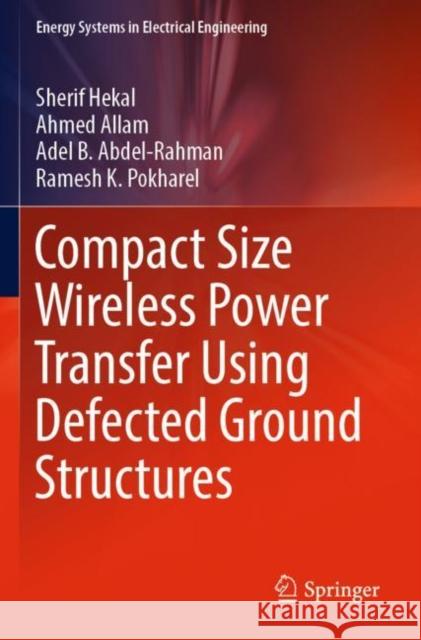Compact Size Wireless Power Transfer Using Defected Ground Structures » książka
topmenu
Compact Size Wireless Power Transfer Using Defected Ground Structures
ISBN-13: 9789811380495 / Angielski / Miękka / 2020 / 91 str.
Compact Size Wireless Power Transfer Using Defected Ground Structures
ISBN-13: 9789811380495 / Angielski / Miękka / 2020 / 91 str.
cena 342,14
(netto: 325,85 VAT: 5%)
Najniższa cena z 30 dni: 327,68
(netto: 325,85 VAT: 5%)
Najniższa cena z 30 dni: 327,68
Termin realizacji zamówienia:
ok. 22 dni roboczych.
ok. 22 dni roboczych.
Darmowa dostawa!
Kategorie:
Kategorie BISAC:
Wydawca:
Springer
Seria wydawnicza:
Język:
Angielski
ISBN-13:
9789811380495
Rok wydania:
2020
Wydanie:
2019
Numer serii:
000771432
Ilość stron:
91
Oprawa:
Miękka
Wolumenów:
01











